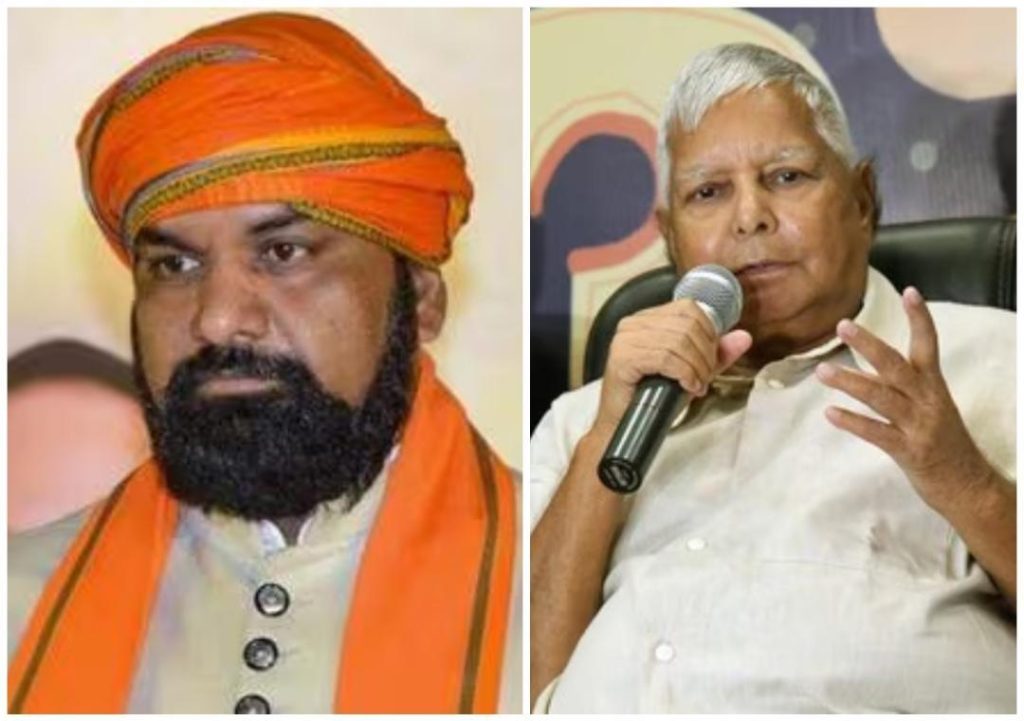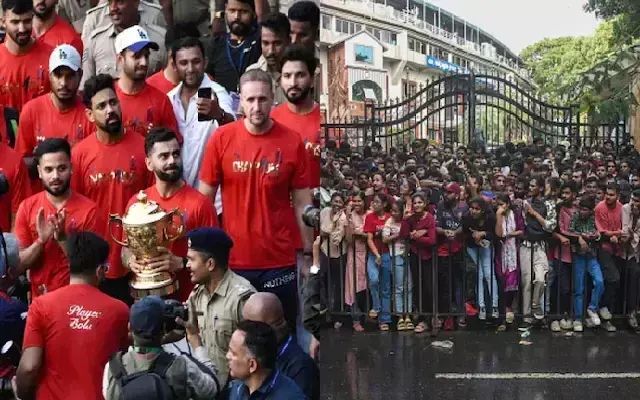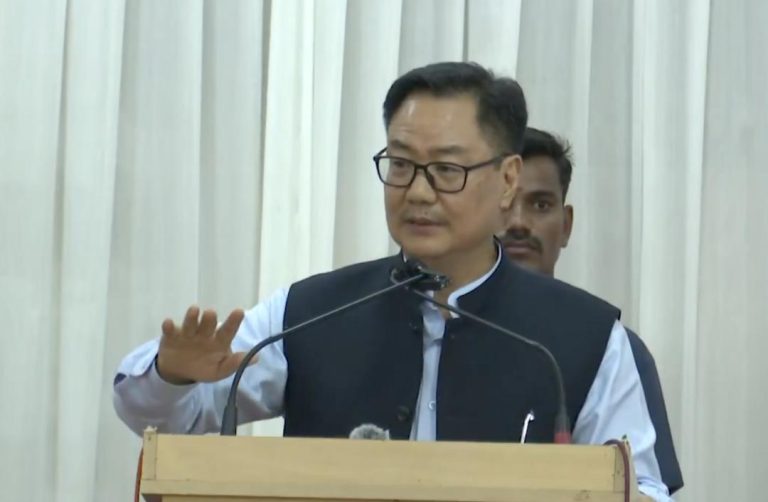
Lalu is the ‘Gabbar’ of Bihar, he scares everyone: Bihar Dy CM
As the assembly elections in Bihar approach, the political landscape of the state is heating up. The ruling National Democratic Alliance (NDA) is seeking to retain power, while the opposition Rashtriya Janata Dal (RJD) is looking to make a comeback. Amidst the political noise, a recent statement by Bihar Deputy Chief Minister Samrat Choudhary has raised eyebrows. Choudhary has called RJD chief Lalu Prasad Yadav the “Gabbar” of Bihar, implying that he is a figure of fear who has driven away a significant number of people from the state.
In an interview, Choudhary alleged that 1.25 crore people have left Bihar due to Lalu’s fear. He claimed that Lalu’s rule was marked by fear and intimidation, and that people were forced to flee the state to escape his wrath. Choudhary’s statement is a clear attempt to tarnish Lalu’s image and create a perception that the RJD chief is a menace to society.
But is Choudhary’s statement justified? Has Lalu’s rule really been marked by fear and intimidation? To understand the situation, it is necessary to look at the history of Lalu’s rule in Bihar.
Lalu Prasad Yadav has been a dominant figure in Bihar politics for over three decades. He first rose to prominence in the 1970s as a leader of the student movement against the Emergency. He later became the Chief Minister of Bihar in 1990 and went on to rule the state for two terms until 2005. During his tenure, Lalu implemented several populist policies, including the distribution of free grain and fertilizer to farmers, and the establishment of a number of educational institutions.
However, Lalu’s rule was also marked by allegations of corruption and misuse of power. He was accused of siphoning off funds meant for public welfare schemes to his own party workers and associates. The Bihar government’s coffers were allegedly drained by his lavish spending on projects and schemes that benefited his party and his family.
Despite these allegations, Lalu remained a popular figure in Bihar, particularly among the backward classes and Dalits. He was seen as a champion of their cause, and his policies were widely credited with improving their socio-economic condition.
However, Lalu’s rule was not without controversy. He was accused of being autocratic and intolerant of dissent. He was known to use his party’s muscle power to silence critics and opponents. The state’s bureaucracy was allegedly under his control, and any official who dared to cross him would face severe retribution.
Choudhary’s statement that 1.25 crore people have left Bihar due to Lalu’s fear is an exaggeration, but it is true that Lalu’s rule was marked by a climate of fear. Many people, including government officials and party opponents, were intimidated by Lalu’s party workers and associates. The state’s law and order situation was also a cause of concern, with reports of violence and intimidation being commonplace.
In recent years, Lalu’s family members have been embroiled in corruption scandals, including the infamous fodder scam. His son, Tejashwi Yadav, has been accused of being involved in a number of corruption cases, including the Muzaffarpur shelter home case. These allegations have damaged Lalu’s reputation and led to a decline in his popularity.
Despite this, Lalu remains a significant figure in Bihar politics. His party, the RJD, is still a major force in the state, and his charisma continues to attract a large following. Choudhary’s statement is an attempt to undermine Lalu’s image and create a perception that he is a menace to society. However, it is clear that Lalu’s rule was marked by both populism and authoritarianism, and that his legacy is complex and multifaceted.
In conclusion, Choudhary’s statement that Lalu is the “Gabbar” of Bihar is an exaggeration, but it is true that Lalu’s rule was marked by a climate of fear. Lalu’s legacy is complex and multifaceted, and his impact on Bihar politics and society is still being felt today. As the assembly elections approach, it will be interesting to see how Lalu’s image is portrayed by the different political parties and how voters respond to his candidacy.






